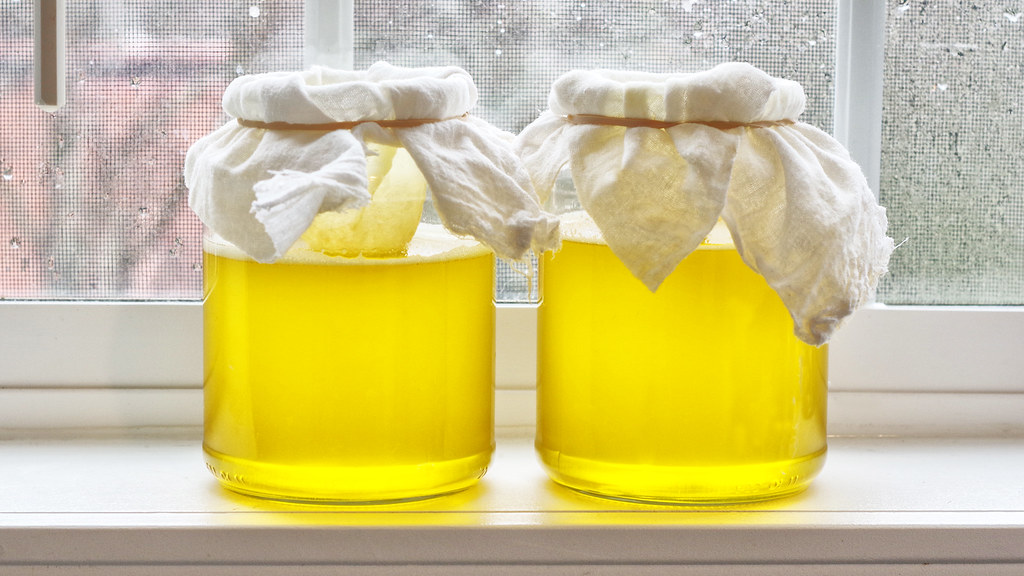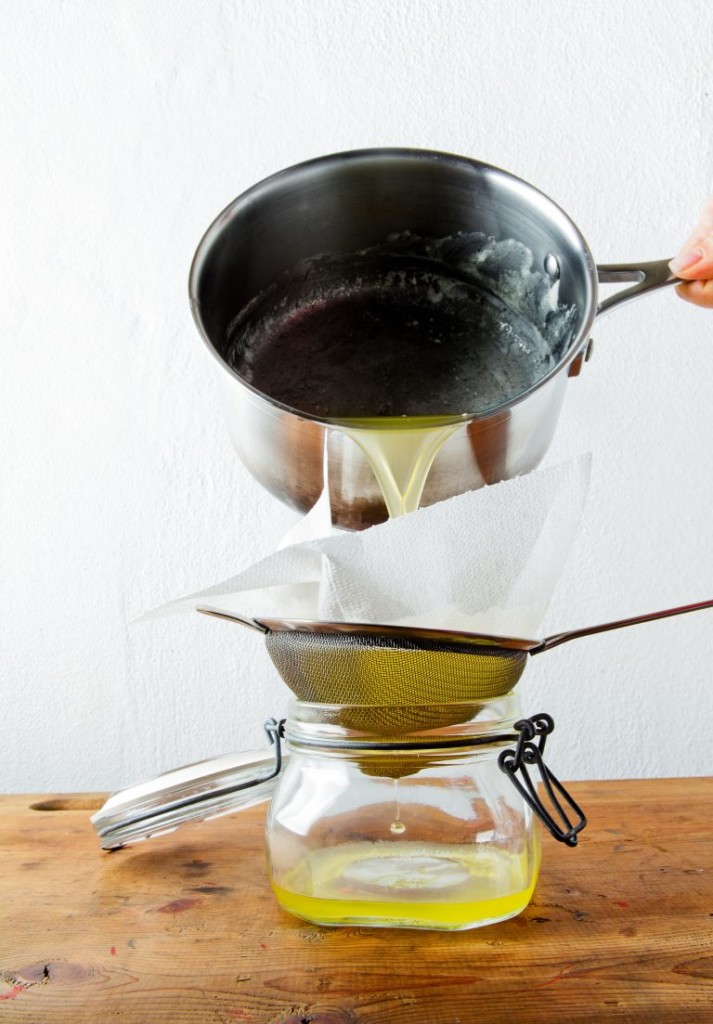Visit GHEE butter is a clarified butter increasingly fashionable. And with good reason one of the star foods of traditional Indian cuisineand has the advantage of being much healthier than conventional butter.
It is a central ingredient in a diet low in carbohydrates and high in (good) fatsas recommended on Blooness. That's why it's important to understand the concept and its importance. That's what we're going to look at together here!
GHEE butter: definition
What is ghee butter? Ghee butter is clarified butter.that is to say, we have removed the essential water, lactose and protein/casein.
Yes, you read that right. Virtually all that's left in the butter is lipids. For this reason, it is an ingredient that the keto-practitioners adore. And he is considered the fat the purest and noblest in India.
Why is GHEE butter healthier than normal butter?
First of all, the clarified butter is orphan of proteins milk. So there is no almost no lactose in itwhich is in itself a major challenge in the quest for a "The "food ideal. Indeed, the lactose presents numerous drawbacks for the human organism.
This content is part of the guide Blooness, the guide to the ideal human diet, the summary of which you can find here 🌱🥑
That's why I recommend it, if you like cheese, opt for goat's or ewe's milk cheese, as I explained here. In fact, these cheeses contain only very low lactoseand I strongly suggest that you eat them only in the morning, or exceptionally at lunchtime at the latestbased on the principle of chrono-nutrition.
So in a nutshell, Ghee is much healthier than conventional butterbecause lactose-freeThis is good news not only for those who would like to reduce their milk consumption for dietary reasons, but also for those who would like to reduce their milk consumption for dietary reasons. lactose intolerant.
French-speaking subscribers will receive the newsletter in French, and all others will receive an English version.

Then the ghee butter is more digestible than raw butter, and its smoke point is higher than the latter: 210° for ghee compared with only 130° for standard butter!
It also has the advantage of oxidize infinitely more slowly than conventional butter. Reduced to a single component, clarified butter does not blacken when cookedand keeps for a long, long time...
What is the nutritional composition of clarified butter?
The composition of ghee butter depends on the level of clarification.but in general, we tend towards the following breakdown in terms of macronutrientsper 100g :
- Energy: approx. 900 kcal
- Lipids : ~99g.
- Saturated fatty acids: ~65g
- Monounsaturated fatty acids: ~30g
- Polyunsaturated fatty acids: ~4g
- Protein: ~0.5g
- Carbohydrates : ~0,5g
And in terms of composition :
Can I clarify butter? How do I obtain ghee?
You can make your own Ghee butterThe process of clarification is extremely simple, but a little time-consuming. Here's the step-by-step method!
Cut the butter into pieces that you will cook in a saucepan very low heatFor a minimum of 45 minutes to 1 hour.
Once a film has formed on the surfaceand a slightly reddish deposit appears at the bottom (you can see this by lifting part of the bottom with a spoon), you can remove the pan from the heat.
With a spoon, carefully remove the foam from the surfacethen leave cool for 5 minutes.
Then make pour the liquid through a coffee filterThe liquid is then placed on a funnel or sieve. This liquid must in fine end up in a jar or bottle glass.

The filter will retain the residues (lactose) that we wanted to eliminate, while in the jar, the translucent liquid will congeal: this will be your ghee butter!
You should get around 200g of ghee for 250g of butter, and clarified butter can be kept for a long time, at room temperature or in the fridge. If it oxidizes too quickly, the butter has not been properly filtered.
Can I buy clarified butter?
Of course, you're spoilt for choice when it comes to ghee butter, either online or in stores, usually organic.
Should I replace my traditional butter with ghee butter in my diet?
Definitely: yes.
Next chapter: Magnesium in the ketogenic or LCHF diet
Previous chapter: Cooking fats
